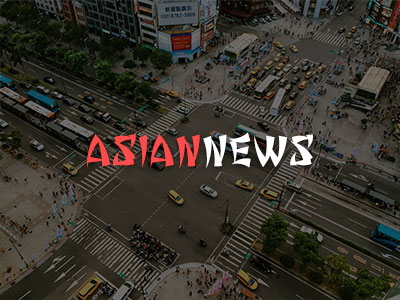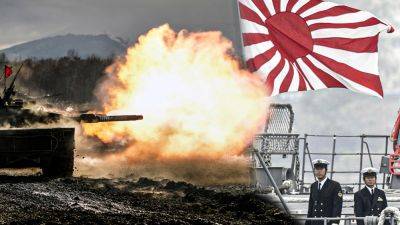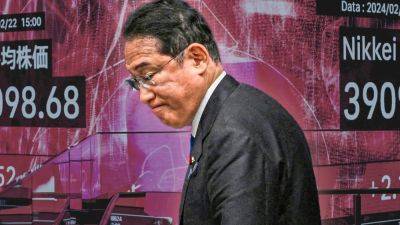Japan’s Era of ‘Free’ Mortgages Is Coming to an End
For years, mortgages in Japan have been nearly cost free. Homeowners are now bracing for that to change.
Japan’s central bank had maintained benchmark interest rates near zero since the mid-1990s. As a result, many home buyers have gotten used to paying between 0.3 and 0.4 percent for floating-rate mortgages, or just over 1 percent for longer-term, fixed-rate ones.
Homeowners in the United States, where rates currently hover around 6.5 percent, “would likely be shocked to see rates like these,” said Takashi Shiozawa, an executive at MFS, which operates a popular Japanese mortgage comparison website. “It is basically as if they are free.”
But Japan’s central bank has announced an end to the era of zero interest rates. The Bank of Japan bumped up rates in March and July, and has indicated it plans to keep going.
Unlike in the United States, where mortgage rates are typically fixed for 30 years, most home loans in Japan have variable rates that fluctuate with the benchmark. Analysts predict the rates will reach 1 percent within the next two years and then rise further. For some Japanese homeowners, that would mean a substantial increase in monthly payments.
As a result, households are expected to find ways to cut back on other spending — a shift that could be a drag on Japan’s economy, which has already faltered over the past year because of weak household spending.





